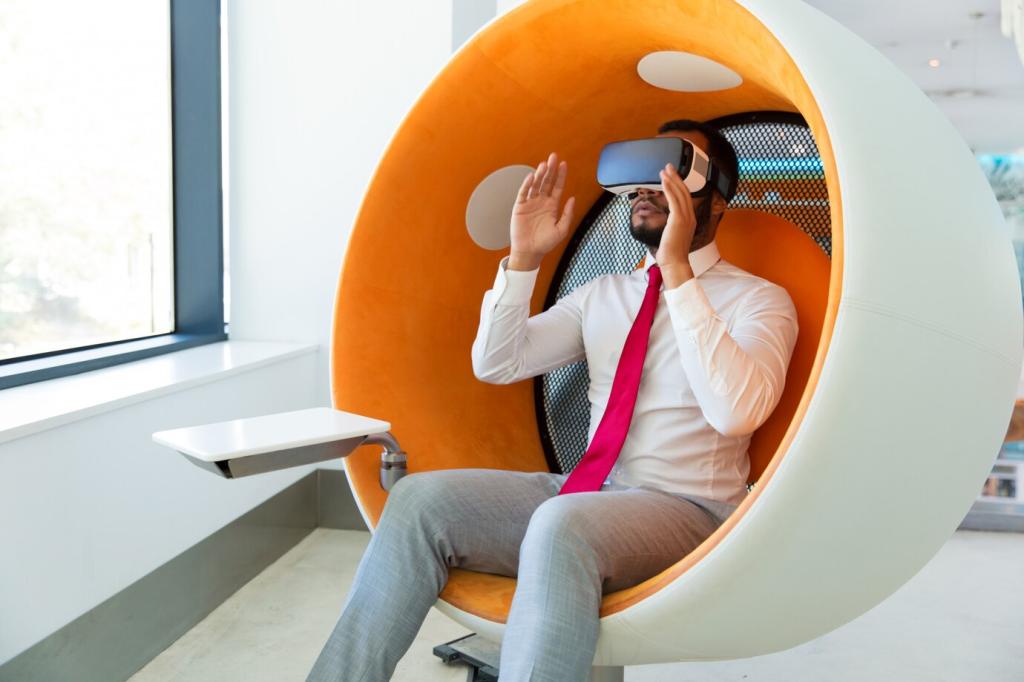
The Role of AI in Smart Furniture Development
Our chosen theme is “The Role of AI in Smart Furniture Development.” Discover how embedded intelligence turns everyday furnishings into attentive partners that learn, adapt, and care for your comfort, productivity, and sustainability. Share your thoughts, subscribe for updates, and help shape smarter living spaces.
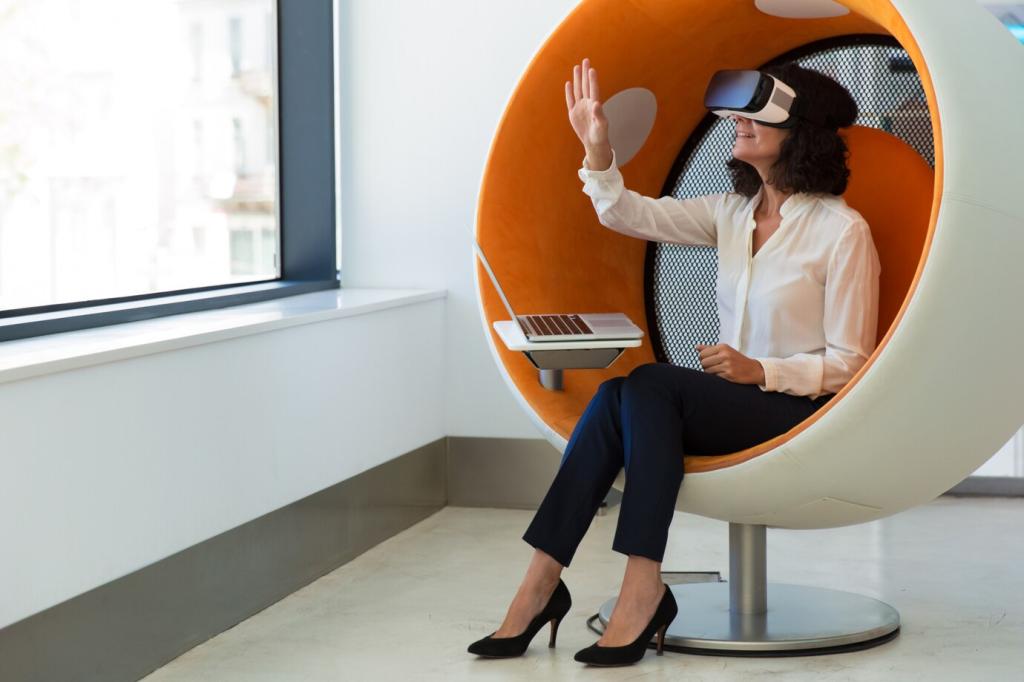
Sensing the Everyday
Pressure mats, inertial sensors, microphones, and thermal arrays translate subtle signals into meaningful context. Chairs recognize posture, tables notice clutter patterns, and beds learn sleep rhythms. What behaviors would you want your furniture to notice and improve? Tell us below.

Edge Intelligence Inside the Frame
Low-power NPUs and microcontrollers run compact models on-device, reducing latency and protecting privacy. Instead of noisy alerts, furniture offers timely, gentle nudges. Curious which tasks belong at the edge versus the cloud? Share your use cases and questions with our community.
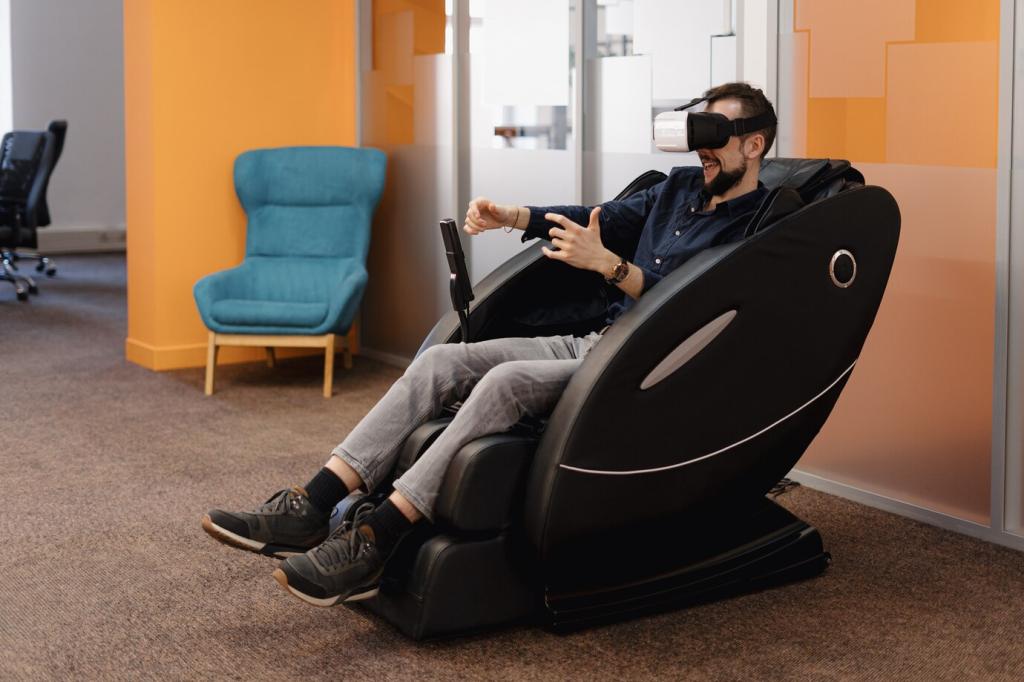
Context, Not Just Commands
AI interprets routines—work sessions, relaxation, or recovery—then adapts height, lighting, and support accordingly. No rigid scripts, just responsive ambience shaped by learned patterns. Would adaptive context make you more comfortable, focused, or energized? Add your voice and experiences.
Pressure maps and skeletal estimation models detect slouching, asymmetry, and fidgeting, then adjust lumbar zones or tilt. Micro-coaching replaces nagging with small, timely suggestions. What feedback style motivates you best—haptics, visuals, or gentle sounds? Join the discussion.

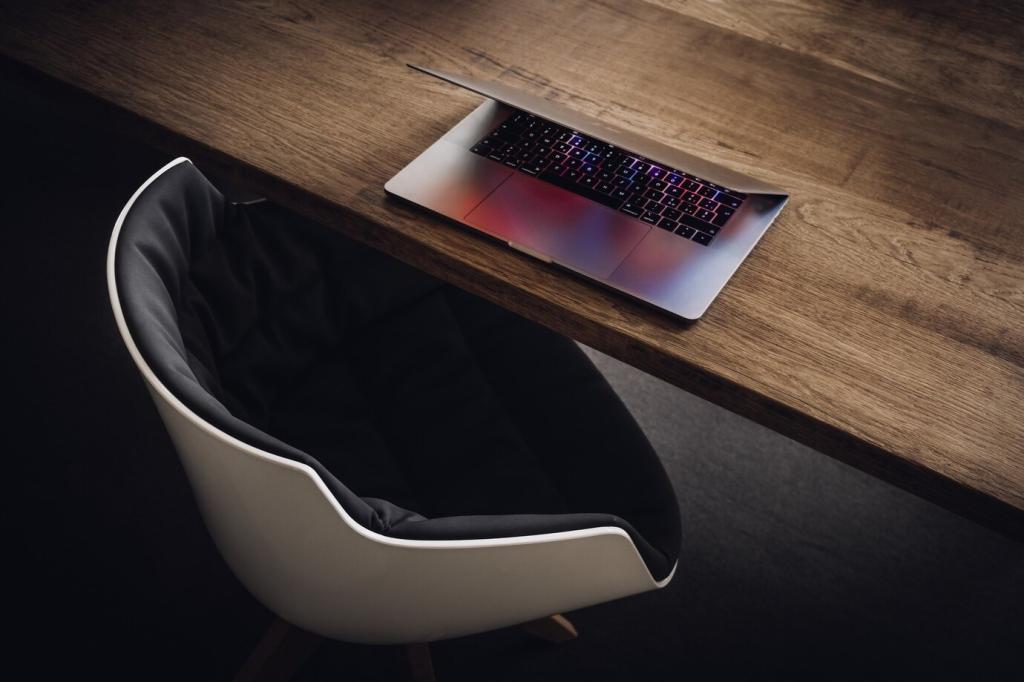
Predictive Maintenance Without Panic
Vibration and temperature signatures flag early wear on actuators and hinges, scheduling service before failure. Calm notifications and clear steps prevent downtime. Which components worry you most over time? Add your maintenance stories to guide our future research.

Energy-Smart Behaviors
Occupancy models power down motors and lighting automatically, while learning your routines to avoid annoying misfires. Outdoor pieces optimize solar charging and storage. What trade-offs would you accept for lower energy use? Share your priorities for greener performance at home.
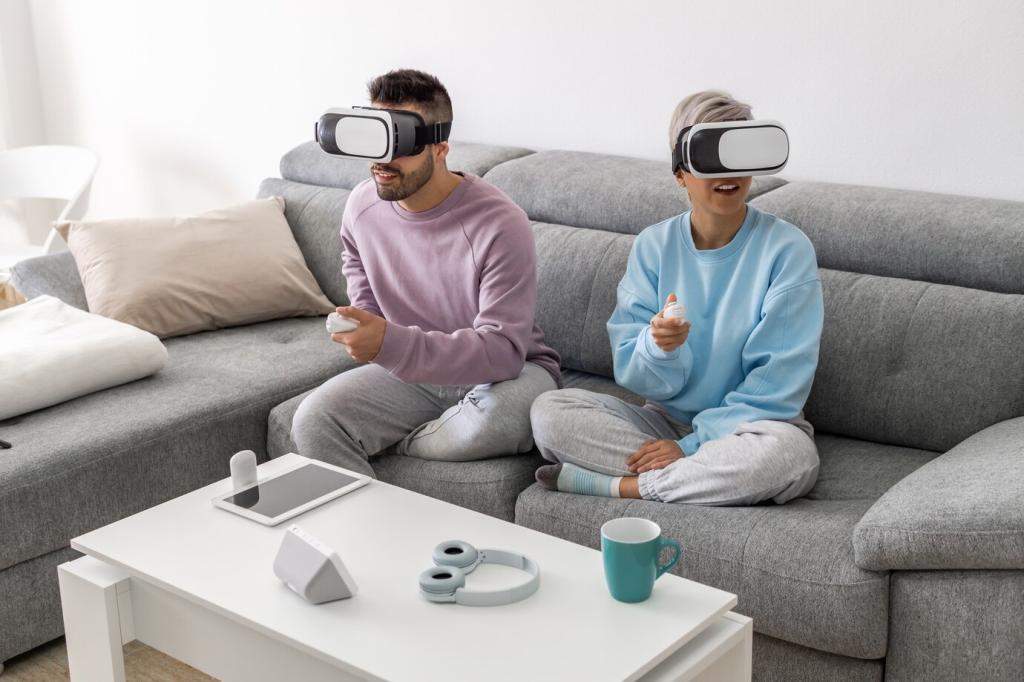
Designing for Repair and Upgrades
Modular sensors, standardized connectors, and open diagnostics keep products repairable and extend lifespans. AI assists technicians with step-by-step guidance. Which repair-friendly features matter most to you? Comment with ideas that make smarter furniture truly sustainable.
Standards and Interoperability
Support for Matter, Thread, Zigbee, Bluetooth Low Energy, and Wi‑Fi ensures broad compatibility. Cloud-optional modes keep key features local. Which ecosystems do you rely on today? Tell us your must-have integrations to help steer development roadmaps.
Privacy-Preserving AI
On-device learning, differential privacy, and encrypted backups protect personal patterns. Federated updates improve models without exporting raw data. What transparency would build your confidence—dashboards, data receipts, or deletion guarantees? Share your expectations for trustworthy smart furniture.
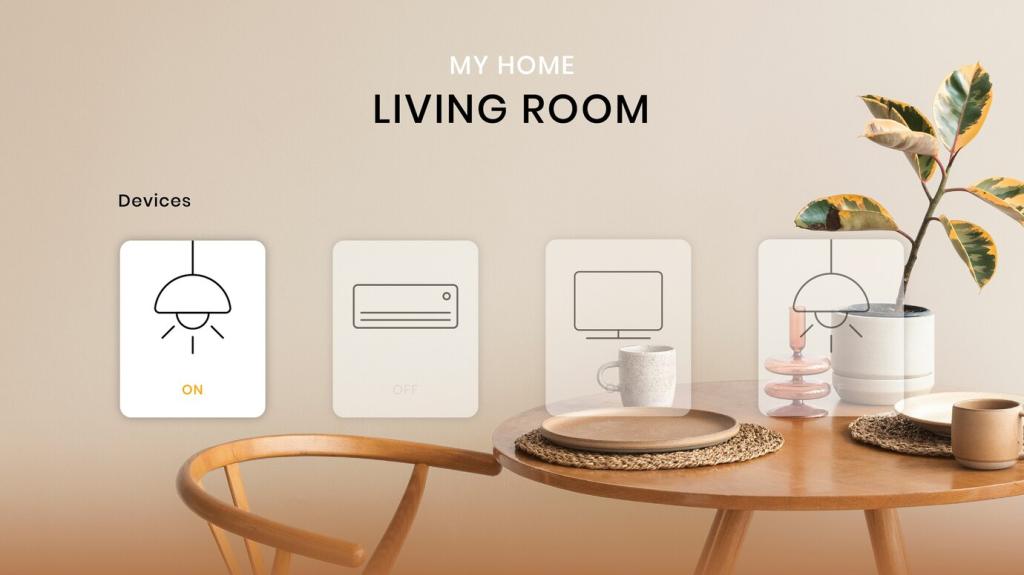

Prototyping Workflow for Smart Furniture Teams
AI explores weight, strength, and sustainability targets, proposing geometries that respect wood movement, fasteners, and joinery. Engineers pair simulations with craft constraints. Want behind-the-scenes breakdowns of successful prototypes? Subscribe and request topics you want us to unpack.
Prototyping Workflow for Smart Furniture Teams
ESP32, Nordic, and RP2040 boards speed experiments with sensors, motor drivers, and edge inference. Data labeling pipelines check bias before deployment. Which development kits do you love? Share your stack and lessons learned to help fellow builders.
Discreet lift aids, fall detection, and guided transfers respect dignity while offering support. Interfaces minimize cognitive load with clear states and predictable behaviors. Which features would help you or loved ones most? Share needs we should design toward.
Accessibility, Wellness, and Inclusive Design
Voice, gesture, and eye-gaze controls reduce friction, while adaptive lighting and haptic cues communicate changes gently. Multimodal feedback ensures accessibility even in noisy or dark rooms. What interface feels most natural to you? Tell us how you’d interact.
Accessibility, Wellness, and Inclusive Design
A Story: The Desk That Learned to Help
Week One: Listening
Morgan’s new desk stayed quiet, mapping work rhythms from keystroke bursts and posture shifts. It learned afternoon slumps hit at two-thirty. If a desk studied your patterns for a week, which habits would you want it to notice first?
Week Two: Coaching
The desk suggested a gentle rise ten minutes before the slump, paired with warmer task lighting. Morgan accepted twice, then once more. Back pain eased. What tiny prompt would help your day without feeling bossy or intrusive?
Week Three: Partnership
Recognizing calendar blocks, the desk pre-set standing height for long calls and softened lights for writing sprints. Morgan felt supported, not managed. If your furniture could learn one ritual, what would you teach it? Share your dream workflow.
